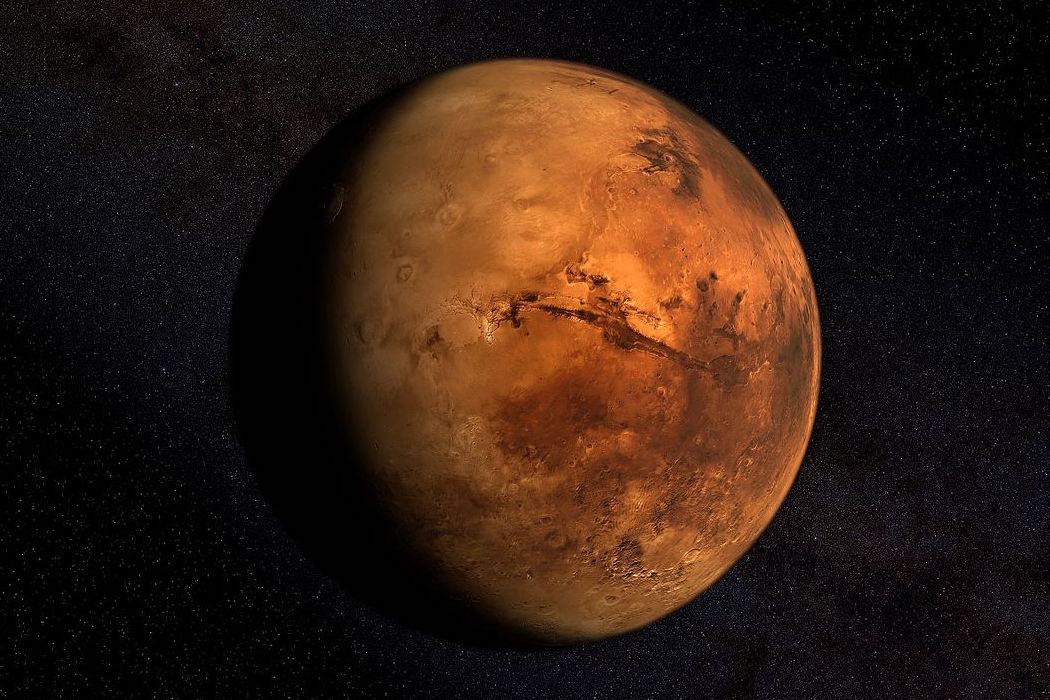Y: Don, have you ever heard of thiophenes?
D: I can’t say that I have, Yaël.
Y: Thiophenes are compounds of carbon, hydrogen, and sulfur. Their molecules contain a ring of four carbon atoms and one sulfur atom. They are found in coal, crude oil, in fossils of microscopic life, and bacterial mats.
D: Yaël, we’re not really going to spend this whole episode talking about some obscure organic chemical, are we? We’ll put our audience to sleep.
Y: No we won’t, Don. These thiophenes were detected by NASA’s Curiosity rover—on Mars—in three billion year old sedimentary rock formed at the bottom of an ancient Martian lake.
D: Wow! Now I get it. Carbon and sulfur are both important chemical parts of life as we know it, and all the sources of thiophenes you mentioned could be the remains of things that were once alive. Lake bottom sediment is exactly the sort of place we would expect to find the remnants of past life. This could be important new evidence that ancient Mars had microbial life.
Y: That’s right, Don. Organic materials, including thiophenes, were reported by a large international team of researchers in sample analysis data from Curiosity in a paper published in 2018. Two astrobiologists assessed the biological and non-biological chemical pathways that might have produced the thiophenes in another paper published in 2020. These researchers concluded that more work is needed to tell for sure whether the thiophenes were produced by life.
D: Are there experiments that can tell?
Y: The European Space Agency’s Rosalind Franklin rover will have more sensitive instruments for analyzing organic molecules which the researchers hope will provide new clues.









